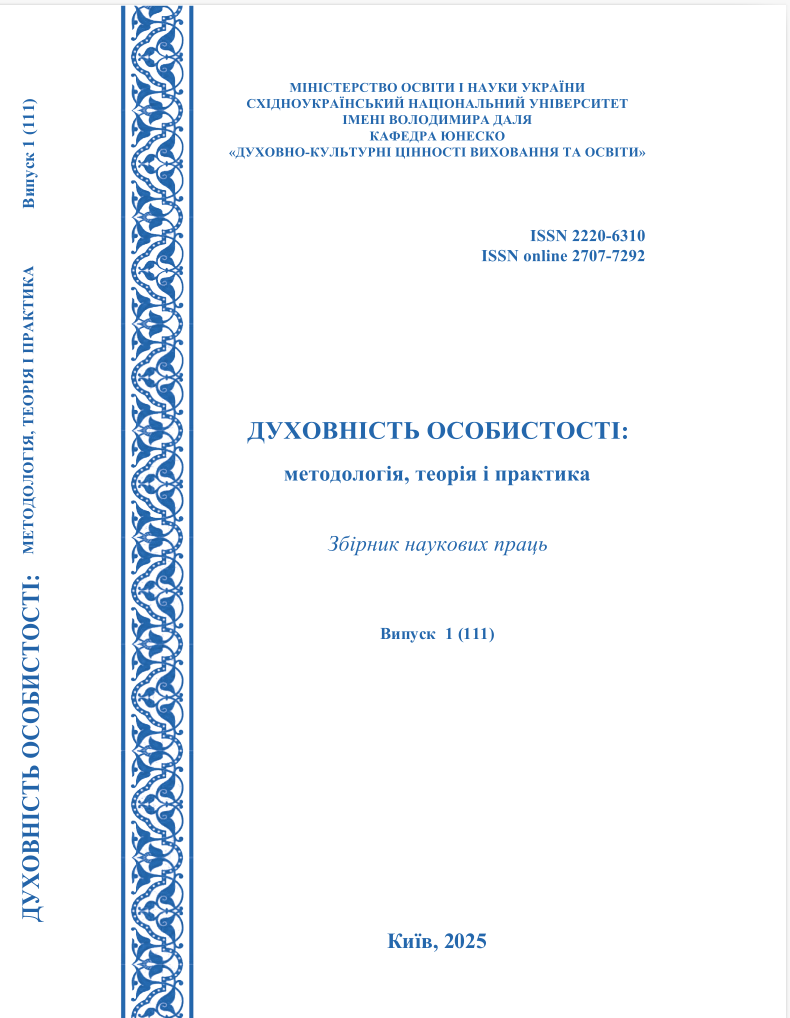The role of the Upanchyk Teddy Bear in shaping the emotional and psychological world of the child
DOI:
https://doi.org/10.33216/2220-6310/2025-111-1-16-28Keywords:
child therapy, soft toy, emotional support, childhood psychology, Upanchyk the Bear, play therapyAbstract
The article explores the conceptual foundations of therapy involving soft toys and characterizes their psycho-emotional impact. It presents an original therapeutic approach based on the interaction between a child and a soft toy called Upanchyk the Bear. Upanchyk was created as a special emotional-therapeutic tool that acts as a mediator between the child’s inner world and the external environment. It symbolizes unconditional support, safety, and trust, becoming a «friend» to embrace during emotionally difficult moments.
The method is grounded in the integration of play therapy, body-oriented practices, and an empathetic approach. Tactile interaction with Upanchyk activates the child’s internal resources, reduces psycho-emotional tension, and enhances overall mood. The article introduces an innovative approach to the psycho-emotional support of preschool and early primary school-aged children – therapeutic engagement with Upanchyk the Bear.
This method is a synthesis of current trends in applied psychology, including play therapy, body-oriented techniques, elements of art therapy, and empathy-based practices. The teddy bear serves as a symbol of safety, acceptance, and support, helping the child release suppressed emotions and overcome internal tension, fears, and anxiety. Through tactile interaction with the toy, the child gains the opportunity to form a stable emotional bond that activates self-regulation mechanisms, fosters emotional intelligence, builds trust in adults, and promotes internal dialogue.
As part of an experimental study involving children aged 4 to 8, statistically significant results were observed, including reduced anxiety levels, improved social adaptation, better sleep regulation, decreased aggression, and an overall increase in emotional comfort. These findings confirm the effectiveness of the method, which can be used as a tool for early psychological prevention and support for children experiencing emotionally challenging life circumstances, including crisis and post-traumatic conditions.
The method is recommended for use by psychologists, educators, and social pedagogues in preschools, primary schools, psychological support centers, inclusive resource centers, and rehabilitation institutions.

